
- High out-of-pocket payments (75%) leaving the most vulnerable in society without basic healthcare services
- Financiers unwilling to invest leading to sustained poor governance and quality of care



Africa bears a disproportionate burden of diseases, accounting for approximately 25% of the global disease burden, yet it only possesses 3% of the world’s healthcare workforce and less than 1% of global health expenditure.
This glaring imbalance underscores the urgent need for transformative interventions that can strengthen healthcare systems, enhance access to quality care, and improve health outcomes across the continent.
Statistics further underscore the urgency of addressing Africa’s healthcare challenges through vertically integrated solutions. The WHO estimates that non-communicable diseases will account for 27% of all deaths in Africa by 2030, representing a significant shift in the continent’s disease burden.
Moreover, the WHO reports that Africa faces critical shortages of healthcare infrastructure, skilled healthcare professionals, and essential medical supplies, hindering efforts to provide quality care to those in need.

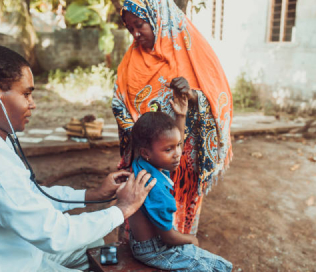

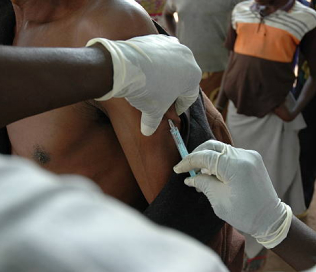
Africa suffers from High Cost of Healthcare, Poor Quality of Delivery and Lack of Investment.

Doctor to patient
ratio
Evolve solutions to tackle poor governance, brain drain, lack of patient capital, uncompetitive tariffs, etc.

A virile, active and standard governance structure led by an experienced board is critical to implementing strategy and achieving growth. Long Term employee benefits to drive engagement and align employees with investors.

Strong and competent management (administrative & clinical) is required to achieve partial ‘reverse brain-drain. Also, accelerated training of House Officers and Residents is critical to developing and retaining talents.

Operating Assets to be Efficient, Safe & Green. New buildings will target required accreditations such as Safe Care, COHSASA and JCI. Equipment to be backed by maintenance contracts.

Technology & Innovation foundation – advanced EMR, Patient App & Telemedicine. Synergies across operating assets are essential. Critical procedures / care capabilities retained locally.

Demand model built on aggregation and volumes – HMOs and Large Corporates with pre-paid schemes are key focus. Collaboration on non-exclusive bases will be required to develop the market.

Long-term investors with focus on re-investment, source capital globally, optimal capital management and extraction of synergies. Well arranged, properly priced and well-timed debt
Our integrated model is geared to deliver quality care leveraging scale, people and technology.

Culture - Embrace the practical, cultural tenets that have transformed other services industries.

Business Model Innovation - Integrating healthcare with technology for superior customer experience.

Delivering medical knowledge and administrative skills via vital talent retention and human resource development


Standardization - Synchronization of medical procedures and procedures with current, cutting-edge technology and profound clinical insights

Aggregating Demand - Addressing demand using creative, varied, and reasonably priced health insurance options.

Access To Capital - Bring structured private and patient finance into the healthcare industry to increase capacity and address the infrastructural gap.

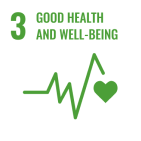
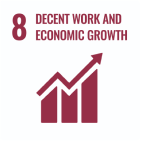

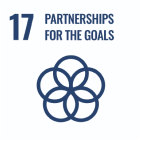
We use cookies to enhance your browsing experience, improve site performance, and deliver personalized content relevant to your needs. By clicking “Accept All,” you consent to the use of all cookies. You can manage your preferences or disable non-essential cookies anytime via “Cookie Settings.”